Acen Australia, the local energy platform of Philippines-headquartered conglomerate Ayala Group, has submitted plans for the estimated $1.8 billion (USD 1.19 billion) Phoenix pumped hydro storage project to the federal government’s Environment Protection and Biodiversity Conservation (EPBC) Act queue for review.
The project, being developed near Wellington within the New South Wales (NSW) government’s Central-West Orana Renewable Energy Zone, will have storage sufficient to deliver power output of 800 MW for up to 12 continuous hours, with total storage for a maximum of 15 hours.
To be built on a 1,260-hectare site on the eastern side of Burrendong Dam, located between Wellington and Mudgee, the project will have off-stream upper and lower storage reservoirs connected by a tunnel to a powerhouse containing pump-turbine unit. The reservoirs will each cover a surface area of about 50 hectares and hold up to 16,000 megalitres of water (about 1% of Lake Burrendong’s capacity).
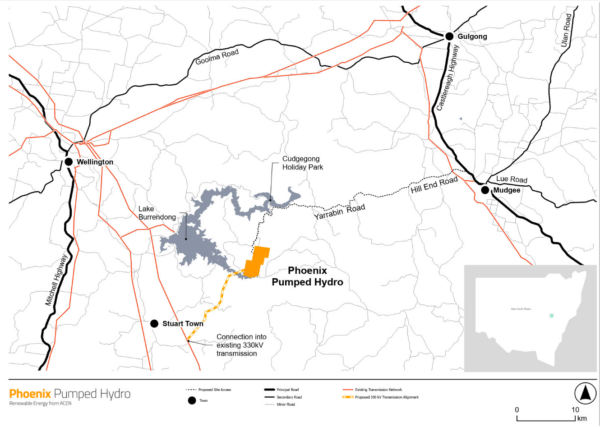
Acen said pending further studies, consultation, and approvals, construction of the project is expected to commence in 2027, putting it on track to be operational by the early 2030s, aligning with the state government’s target of 28 GWh of new long-duration storage by 2034.
The company said the facility, awarded a Long-Term Energy Service Agreement (LTESA) under the NSW Electricity Infrastructure Roadmap, will be a cornerstone of NSW’s transition to a more reliable, renewable-powered grid.
“The project … will play a critical part in providing long-duration energy storage for the National Energy Market’s transition to renewable energy and decarbonisation of the energy sector in NSW as coal-fired power stations are retired,” Acen said in EPBC referral documents.
The company said the project will initially draw from the grid, storing when power is plentiful and low-cost, and releasing when demand from the grid is high.
Over time, as more renewables connect, Phoenix becomes the anchor asset that converts variability into firm supply and amplifies the value of every new wind and solar project built around it.
The project is part of Acen’s ambition to deliver 20 GW of renewable energy capacity by 2030.
Acen Australia has more than 1 GW of projects of large-scale renewable energy generation in construction and operations, and approximately 13 GW capacity in the development pipeline.
It’s portfolio includes two of the largest operating solar farms in the country, the 400 MW New England and Stubbo PV plants, both in NSW, and it is also constructing the 200 MW / 400 MWh New England battery, scheduled to be operational before the end of 2026.
Other projects in development include the 600 MW Birriwa Solar and 600 MW / 1,200 MWh battery energy storage project, and the 320 MW Deeargee solar farm and 1,400 MW two-hour battery, both in NSW, and the 440 MW / 1,760 MWh Lilyvale battery energy storage project in Queensland.
In addition, it has recently secured EPBC approval for the 900 MW Robbins Island wind farm in Tasmania and the 943 MW Valley of the Winds project in NSW.
This content is protected by copyright and may not be reused. If you want to cooperate with us and would like to reuse some of our content, please contact: editors@pv-magazine.com.
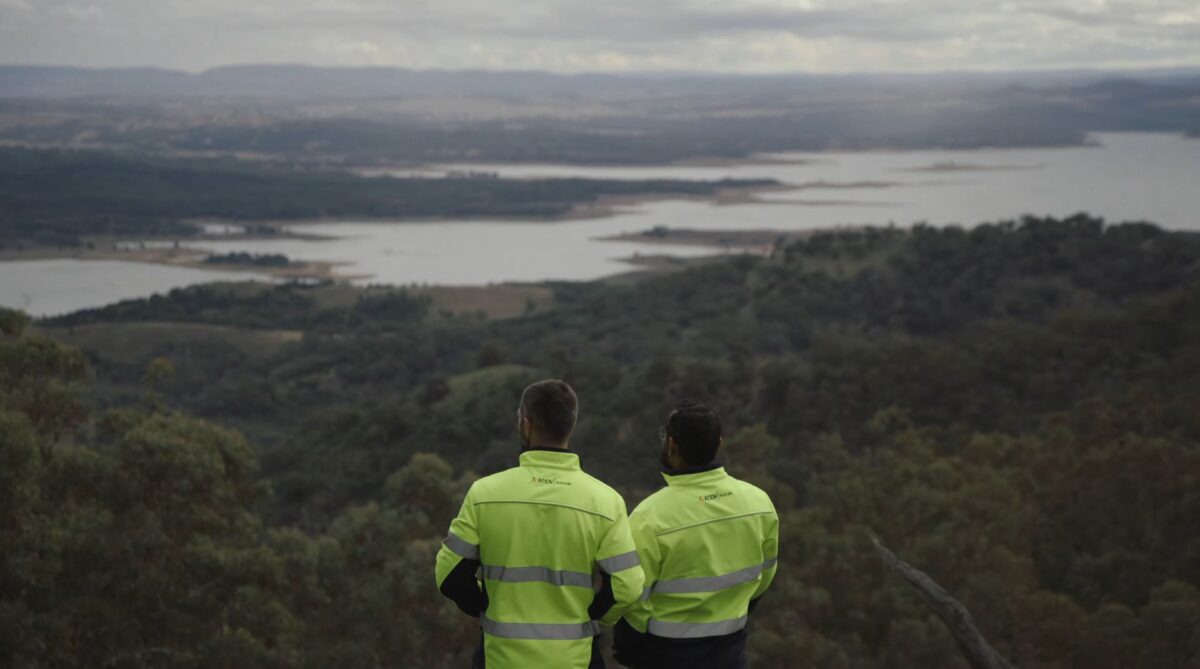
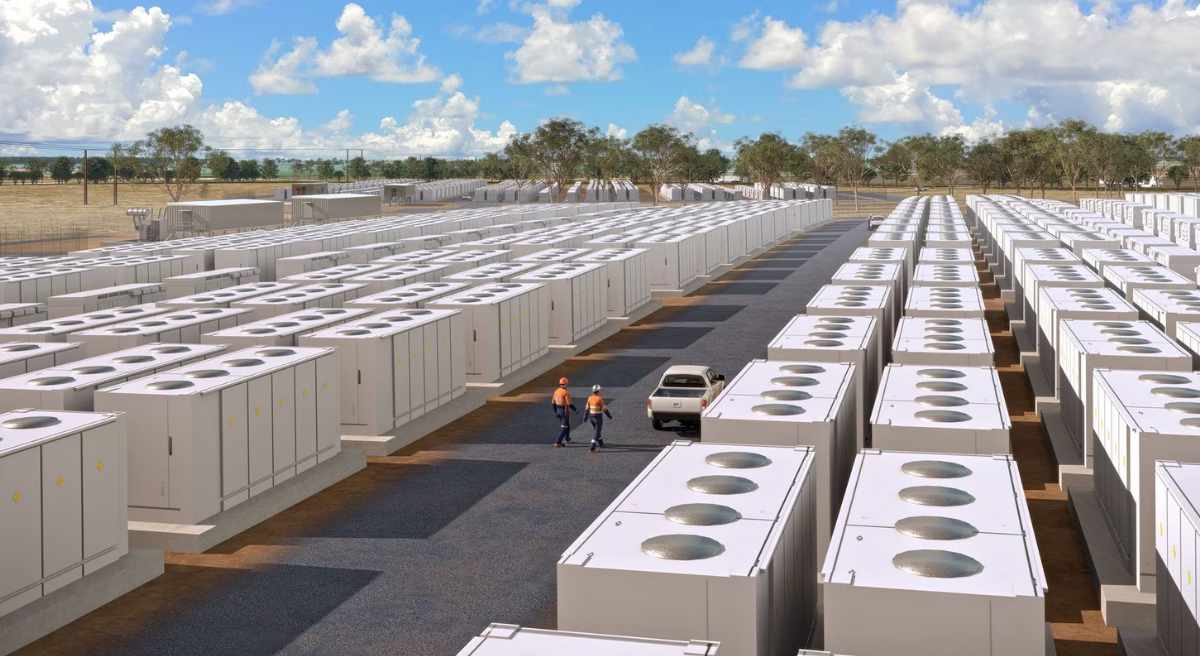


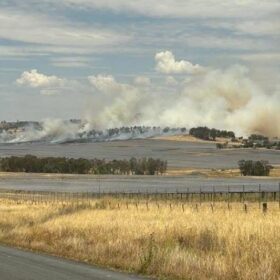

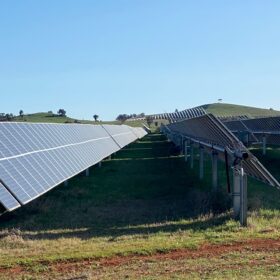
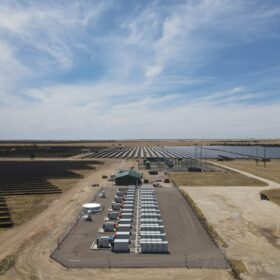
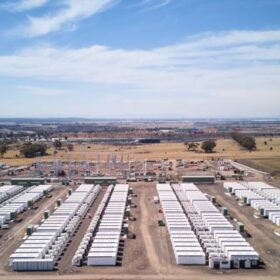
By submitting this form you agree to pv magazine using your data for the purposes of publishing your comment.
Your personal data will only be disclosed or otherwise transmitted to third parties for the purposes of spam filtering or if this is necessary for technical maintenance of the website. Any other transfer to third parties will not take place unless this is justified on the basis of applicable data protection regulations or if pv magazine is legally obliged to do so.
You may revoke this consent at any time with effect for the future, in which case your personal data will be deleted immediately. Otherwise, your data will be deleted if pv magazine has processed your request or the purpose of data storage is fulfilled.
Further information on data privacy can be found in our Data Protection Policy.